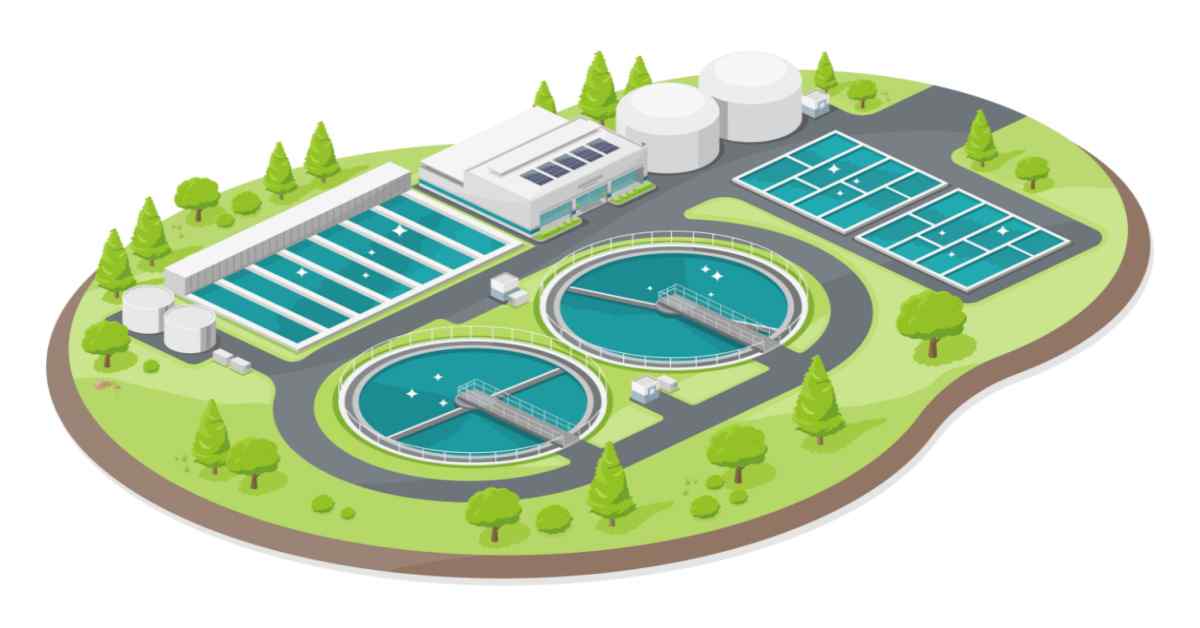Revolutionizing Wastewater Treatment with Eco-Friendly Innovations
Revolutionizing Wastewater Treatment with Eco-Friendly Innovations
Blog Article
Understanding Wastewater Treatment Processes and Their Ecological Impact
The complexities of wastewater treatment processes play a critical duty in mitigating environmental challenges associated with water pollution. Each stage, from initial to sophisticated therapies, is created to attend to particular pollutants, ultimately protecting both public health and aquatic ecosystems.
Overview of Wastewater Treatment
Just how is wastewater changed into a safe source for the atmosphere? Wastewater treatment is a vital process made to get rid of pollutants from used water, thereby guarding public health and wellness and safeguarding communities. This procedure begins with the collection of wastewater from residential, commercial, and industrial sources, which is after that guided to therapy centers.
At these centers, different physical, chemical, and organic methods are used to treat the wastewater. Consequently, organic treatments, such as triggered sludge procedures, utilize microorganisms to damage down organic matter.
The dealt with effluent can be safely discharged into all-natural water bodies or recycled for watering and industrial objectives, promoting source conservation. Furthermore, the therapy process produces biosolids, which can be repurposed as plant foods or dirt amendments, additionally boosting sustainability.
Stages of Treatment Processes
The wastewater therapy procedure generally contains 3 key stages: preliminary, main, and additional therapy. Each phase offers a distinct role in minimizing the toxin lots and guaranteeing the effluent satisfies ecological criteria prior to discharge.

The key treatment stage concentrates on the physical separation of suspended solids from the wastewater. Through sedimentation, heavier fragments settle at the end of sedimentation containers, creating sludge, while lighter products, such as oils and greases, float to the surface and are skimmed off. This process considerably decreases the organic and inorganic lots in the wastewater.
Second therapy is a biological process focused on more lowering the focus of raw material. Different methods, consisting of turned on sludge systems and flowing filters, use microorganisms to metabolize organic toxins. This stage is vital for achieving the necessary biochemical oxygen need (BODY) reduction, ultimately bring about cleaner effluent all set for discharge or more treatment. Each phase is essential in securing environmental and public health.

Advanced Therapy Technologies
Following the second treatment procedures, advanced therapy innovations play a vital duty in additional enhancing the top quality of treated wastewater. These technologies are made to remove recurring pollutants that are not effectively gotten rid of throughout primary and second treatments, making certain the effluent meets rigorous regulatory criteria.
Amongst the commonly made use of advanced treatment approaches are membrane layer filtering, reverse osmosis, and progressed oxidation procedures. Membrane layer purification, consisting of microfiltration and ultrafiltration, works in separating fine particles, pathogens, and Source colloids from the water (Wastewater). Reverse osmosis uses semi-permeable membrane layers to eliminate dissolved solids, causing premium water appropriate for numerous applications
Advanced oxidation processes (AOPs) employ strong oxidants to degrade organic contaminants, consisting of drugs and individual official site treatment items that are immune to conventional treatment. These methods enhance the biodegradability of complicated compounds, facilitating their removal.
One more considerable innovation is the usage of organic nutrient elimination procedures, which particularly target nitrogen and phosphorus, stopping eutrophication in obtaining water bodies. On the whole, innovative therapy modern technologies are crucial for achieving greater degrees of filtration, promoting water reuse, and protecting public health while attending to the difficulties connected with wastewater administration.
Environmental Benefits of Therapy
Countless ecological benefits occur from effective wastewater therapy procedures that add to ecosystem health and sustainability. Primarily, these procedures dramatically minimize the release of hazardous pollutants right into all-natural water bodies, which helps maintain marine ecological communities. By getting rid of pollutants such as heavy steels, nutrients, and microorganisms, treated wastewater minimizes the danger of waterborne diseases and advertises biodiversity in marine environments.
In addition, wastewater treatment facilities usually utilize advanced modern technologies that allow water recycling and reuse. This practice not just conserves fresh water resources yet likewise reduces the need on natural water products. Enhanced nutrient elimination from wastewater can also protect against eutrophication, a process that brings about algal flowers and succeeding oxygen exhaustion in marine systems.
Furthermore, reliable treatment procedures can reduce greenhouse gas exhausts, particularly methane and laughing gas, which are often launched throughout neglected wastewater disintegration. By catching view it and making use of biogas from anaerobic digesters, facilities can transform waste right into renewable resource, thus adding to a reduction in nonrenewable fuel source dependence.
Challenges and Future Fads
While the ecological benefits of wastewater treatment are clear, numerous challenges continue that hinder optimal results in this area. One major problem is maturing infrastructure, which typically brings about inefficiencies and enhanced functional prices - Wastewater. Many treatment plants were created years earlier, and their capacities do not align with contemporary demands, that include stricter regulatory requirements and greater quantities of wastewater as a result of urbanization

Looking ahead, there is an expanding focus on resource recuperation and round economic climate principles within wastewater therapy. Advancements such as anaerobic digestion, which can generate biogas, and progressed filtration modern technologies are getting traction. These approaches not only boost therapy efficiency yet likewise promote sustainability.
Eventually, dealing with these obstacles needs partnership amongst stakeholders, investment in modern technology, and a commitment to recurring study. By embracing these patterns, the wastewater treatment market can evolve to fulfill the demands of a transforming environment and culture.
Conclusion
In verdict, wastewater treatment processes play a vital function in boosting environmental quality and public wellness. The multi-stage therapy framework, combined with innovative technologies, successfully mitigates contamination and advertises sustainable water administration.
Report this page